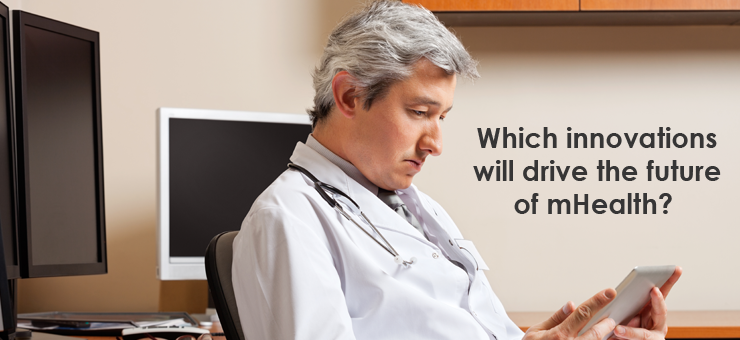For the last decade, compared to any other industry, technological advancements in healthcare have substantially increased while there has also been an upward trend in associated costs. However, recent developments in mobile health technology, known as “mHealth” give us hope that perhaps the tide is finally turning. I hope that these trends will cause technology to improve care, something it has always done, and drive down costs. Let me explain how.
Firstly, a recent Information Week article highlighted that 70% of surveyed hospitals and healthcare organizations plan to deploy iPads by the end of this year. Globally, it’s expected that 500 million people will be using mobile health applications by the end of 2015.
These statistics point to the fact that a change is affecting not just the healthcare industry, but the entire world. Competition has driven down the overall costs of these powerful devices to the point where they are becoming universally acceptable just as smart phones. But it’s not just the potential of these devices to reduce costs which excites me; it’s also the ability of mHealth to improve care and outcomes in developing nations. Such countries neither have the time nor resources to build the healthcare infrastructure developed over the last 60 years in the developed world.
Novel innovators and existing players will be drawn towards mobile platforms to come up with solutions because it provides an opportunity to improve care delivery, and it opens up new market possibilities of mHealth which could be anywhere between $20-50 billion. This surge in interest is driving demand for mHealth App Development as healthcare providers and tech companies race to deliver user-friendly, scalable mobile solutions. Investing in mHealth App Development today means staying competitive in a fast-growing digital health ecosystem that prioritizes accessibility, efficiency, and patient engagement.
So what will our mHealth future look like? While it’s tough to illustrate exactly, we can get a hint from the current trend of products and services that include:
- An interface which is visually interactive and engaging.
- The ability to access best-practice, evidence based and neutral information which is based on sound science, and can be accessed anytime and anywhere.
- The information being provided is personalized and adapts to the uniqueness of each person’s condition or situation.
- The ability to make real-time use of feedback loops.
- ‘Gamification’ of products and services is used appropriately.
- Secure and trustworthy use of utility and monitoring.
- Everything is social and can be shared (to the extent that they want to be social and share their health information). This means they are able to engage, discuss, research, and respond to one another with up-to-date information, experience, and support.
- Use of geo-location.
- Employment of auction-based services.
While it’s difficult to say exactly what the healthcare industry will look like and how it will develop in the next few years, these are the early signs of what I believe will be the future of mHealth which drives down costs and improves outcomes for everyone around the globe.

Join the Discussion!